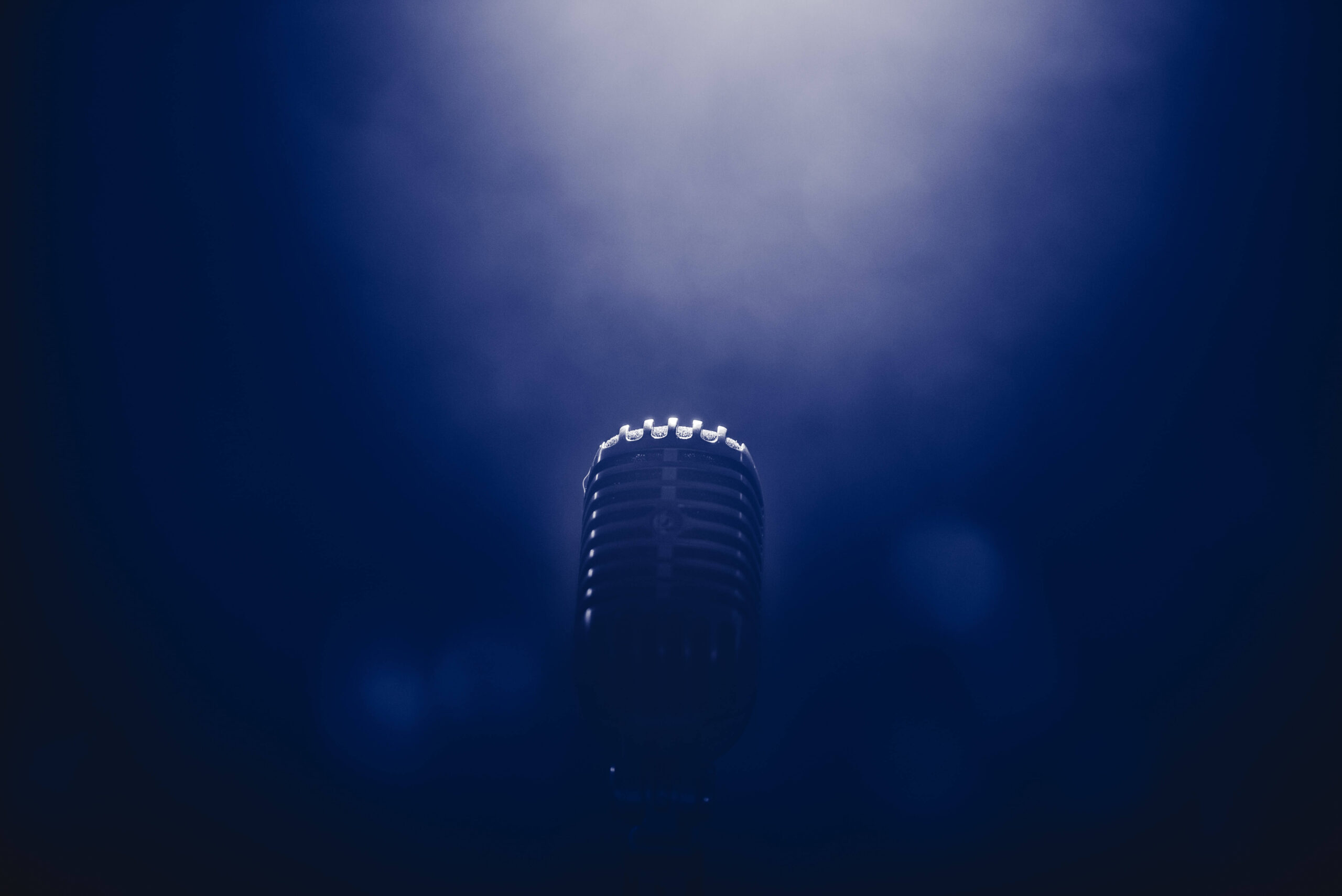

Felivand
“I can’t imagine my life without it”, says 22 year old Meanjin/Brisbane singer, songwriter and producer Felicity Vanderveen of her discovery of music as a child, a revelatory, constant presence that would contour her entire life and creative pursuits born from the moment she began singing and learning piano.
Equipped with a Garageband-outfitted iPad in high school, she spent adolescent lunchtime hours secreted away, toying with her recordings, initiating herself into the worlds of production, looping and beatmaking by absorbing as much as she possibly could. Once home, she would upload her self- described “experiments” to Soundcloud at an impassioned rate, enthralled as she was by the voracious enthusiasm of a recently unearthed obsession. In the space of these private, unassuming hours, Vanderveen cultivated the sound of FELIVAND – a unique brand of organic, textural Alternative Pop, influenced by the likes of James Blake, Solange, Joji and Kali Uchis. It’s a synthesis which gave the impression of appearing fully formed when Felicity switched modes across 2017 and 2018, releasing a handful of singles as FELIVAND, culminating in her radiant and breezy debut EP, In Bloom. Garnering praise from COLORS, triple J, Bandcamp, Frankie, Apple Music (New Artist of the Week), Unearthed (Feature Artist) and more, In Bloom was followed by 2020’s Nerve, a seamless slide into slinkier, darker shades of pop that represented FELIVAND’s most ambitious and contemporaneous release to date. For an artist whose interwoven personal and creative development has always been on show, the story of FELIVAND is that of an artist continually growing into herself.
Burying shadowy, sombre depths beneath woozy and wistful bedroom-pop exteriors, FELIVAND’s music makes for a deeply gratifying listen. Within the rich bass lines, warm, jazz-flickered chords, harmonic vocal stacks and crisp percussion, lies undercurrents of dissonance, hints of ennui and melancholy that give shape to the emotional space FELIVAND’s music inhabits: a pensive optimism, wearied and slightly bruised by experience but persisting nonetheless.
FELIVAND still records in much the same manner as she began – a fruitful, abundant flurry of noodling around with samples, bass lines, vocal stacks and chords, cocooned in her bedroom’s secluded sphere of creation. But, with the intervening time, she has increasingly opened this once private sphere up to outside collaborators, working with regional and international producers and co-writers, transposing her process from bedroom to studio. Working collaboratively, FELIVAND’s vision comes into more clarified relief, able to oversee the flourishing of a song from germination to budding actualisation. It’s the process of looking outwards to turn more inwards, of opening up to others to close in on a more fully realised understanding of herself.
Songwriting has always been the prism through which FELIVAND makes sense of herself and the world around her, her journalistic writing a release valve for her own emotional processing, a canvas on which to paint her resolution. Freed from the onus of self-reliance, FELIVAND’s songwriting found new air, the space to grow more intricate and slyly weirder, her lyricism imbued with a renewed inclination towards poeticism, nuance and the metaphorical, finding a literacy in the ambiguity of life and a comfort in sitting in those indefinable moments. Away from the more fleeting, transitory emotions of adolescence, her lyricism underwent an evergreen maturation, ruminating on knotty questions of mental health, spirituality, interpersonal connections and her own place in the world, burrowing deeper and deeper down into the idiosyncrasies of her own self. In this sense, her lyricism is an act of self-care, fashioning a space for growth, learning and reflection by creating something more beautiful than the circumstances of its birth. Dissonant bliss, earthen beauty, sanguine hopelessness – FELIVAND takes these seeming contradictions and distils them into smooth, tactile songs where they coexist; whichever way the listener gravitates towards is up to them.